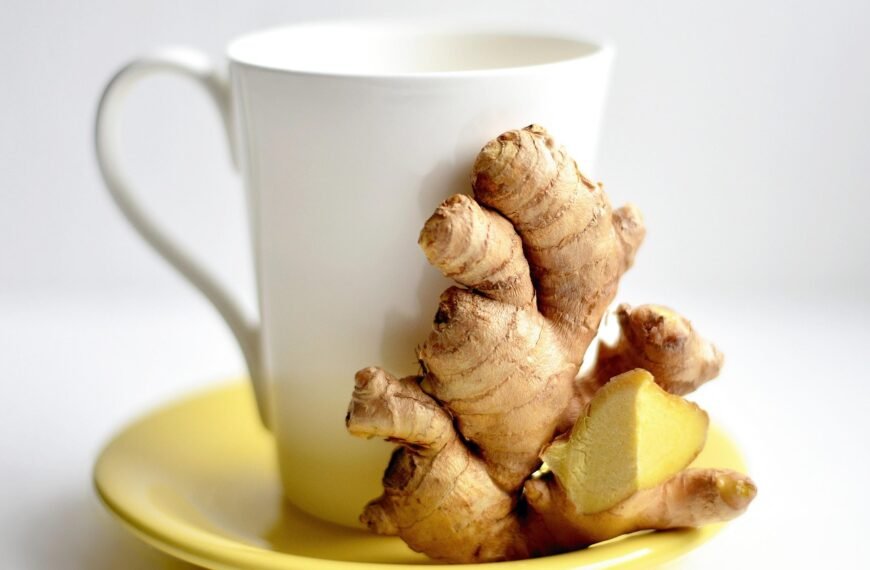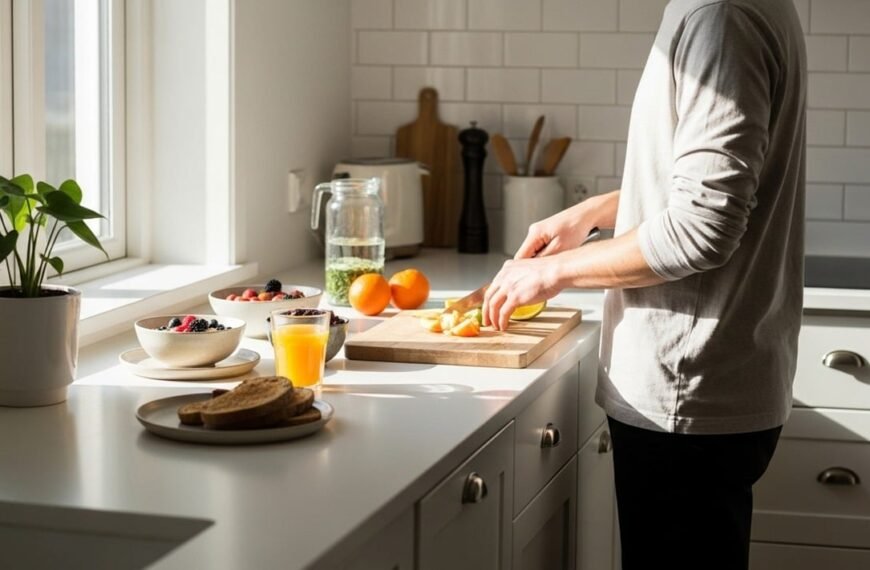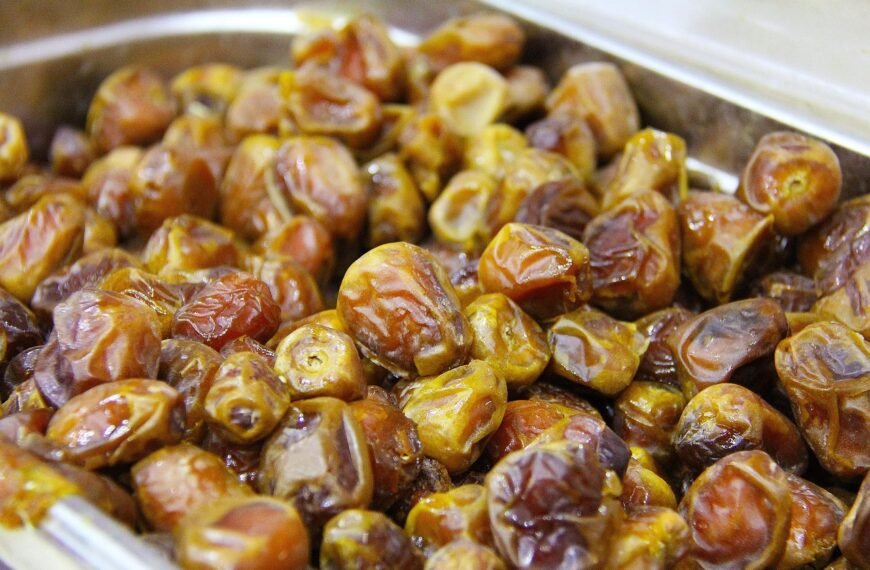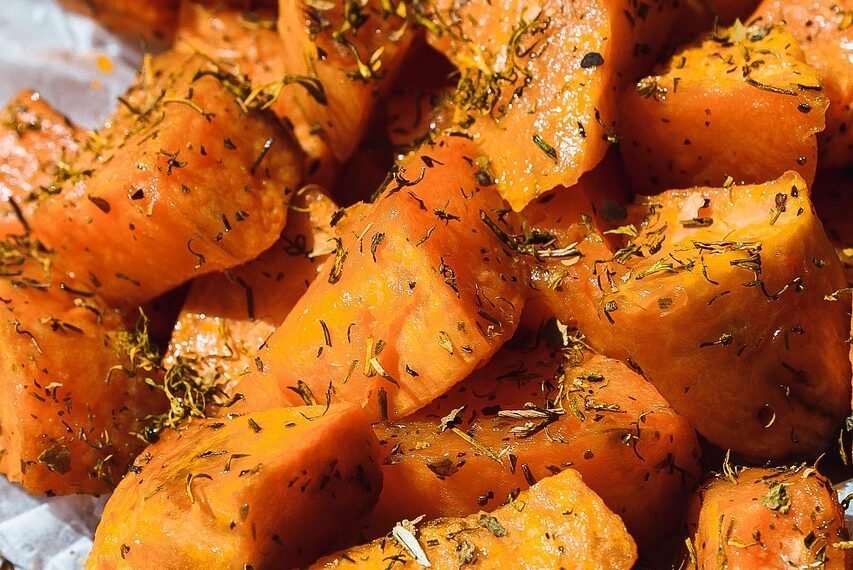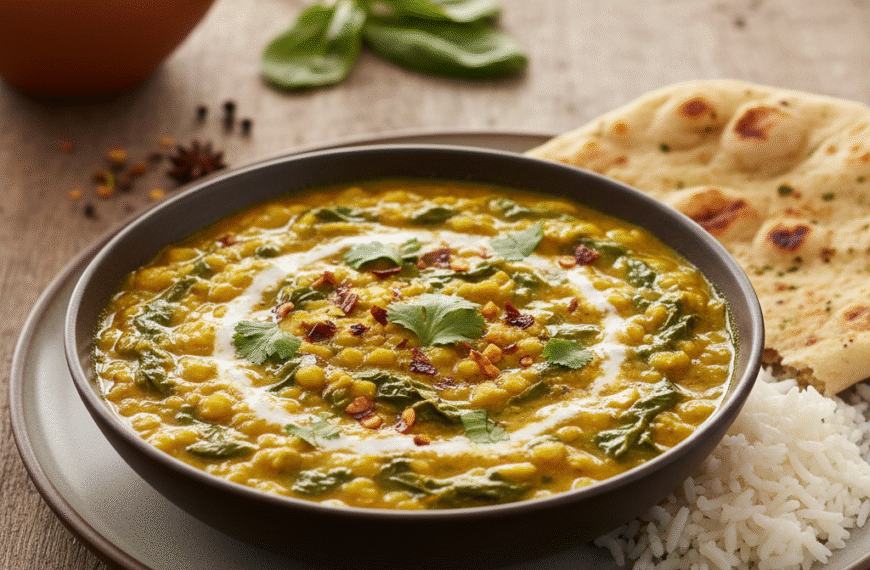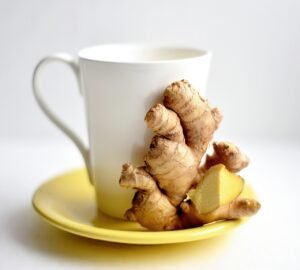Healthy cooking starts with how you treat your vegetables. While both streaming and boiling are easy, oil – free, and popular cooking methods, they can make a big difference in how your food looks, tastes, and nourishes your body.
You might have wondered why your broccoli sometimes turns dull or your carrots lose sweetness. The answer often lies in the way you cook them. Both methods soften vegetables, but the real difference is in how much nutrition, color, and texture they retain. Let’s explore which method is truly healthier for your everyday meals.
What Happens When You Steam Vegetables
When you steam vegetables, they cook gently with the heat of water vapor – not by sitting in the water itself. The steam surrounds the vegetables evenly, making them soft yet crisp without washing away their natural flavor.
Because the vegetables don’t touch water directly, most vitamins and minerals stay locked inside, especially Vitamin C and B – complex vitamins. This is why steamed vegetables often look brighter and taste fresher.
Greens stay vivid, carrots turn more colorful, and broccoli keeps its crunch. Steaming also highlights the natural sweetness of vegetables, giving them a clean and balanced flavor.
Pro Tip: Add a few drops of lemon juice or sprinkle herbs in the steaming water for a fresh aroma and flavor boost without adding colories.
If you are short on time, many healthy restaurants now offer steamed vegetable bowls and salads for quick, nutritious meals you can order online.
What Happens When You Boil Vegetables
Boiling is one of the simplest cooking methods. You just drop vegetables into a pot of hot water and let them cook until tender. It’s quick, easy, and convenient – perfect for busy days or when cooking in bulk.
However, there’s a downside. When vegetables are boiled, some nutrients leak into the water. Unless you use that water later in soups, dals, or curries, those nutrients are lost. Over – boiling can also make vegetables mushy and dull in flavor because it breaks down their natural structure.
still, boiling has its benefits. It’s ideal for starchy vegetables like potatoes, sweet potatoes, and beets, which become soft, creamy, and easier to digest when boiled.
Pro Tip: Don’t throw away leftover boiling water. Use it to make soups or knead dough – it’s full of nutrients.
Steaming vs Boiling: Key Differences
Steaming uses steam from boiling water, while boiling cooks vegetables directly in water. This simple difference changes everything – from texture to nutrition.
Steamed vegetables stay crisp, colorful, and full of natural taste. Boiled vegetables are softer and sometimes lose flavor. Steaming keeps more vitamins, minerals, and antioxidants, while boiling can wash them away.
In short, boiling is about convenience, and steaming is about care. Steaming helps preserve what nature originally packed into your vegetables.
Which Cooking Method Is Healthier?
If your goal is to retain nutrients and natural flavor, steaming is the clear winner. Research in the Journal of Agricultural and Food Chemistry shows that steaming preserves vitamins and antioxidants much better than boiling. Steamed vegetables also look more vibrant and taste fresh.
Boiling, however, is better for recipes where you need a soft texture – such as soups, mashed potatoes, or baby food. So, the best approach is not to avoid one completely but to know when each works best.
Both methods make vegetables easier to digest by softening fibers. But steaming keeps digestion – friendly compounds intact, especially in cabbage, cauliflower, and brocolli.
Even Arurveda supports steaming, calling it a sattvic way of cooking – a method that preserves the natural life energy of food. Steamed vegetables feel lighter, fresher, and energizing.
Common Mistakes to Avoid While Boiling
1. Boiling too long: Most vegetables need just 3-6 minutes.
2. Not adding salt: A pinch of salt keeps vegetables firm and flavorful.
3. Throwing away water: Save it for soups or sauces – it’s nutrient-rich.
4. Starting with cold water: Always add vegetables after the water starts boiling to lock in nutrients and color.
How to Get the Best of Both Methods
Can’t decide between steaming and boiling? Use both together. For example, parboil dense vegetables like carrots or beans for a few minutes, then finish with a short steam. This keeps them tender yet crisp and saves time.
You can also boil potatoes while steaming greens above them in the same pot. It saves energy and balances both flavor and nutrition.
Smart cooking isn’t about choosing one method – it’s about using them wisely to make your meals healthier and more delicious.
Both steaming and boiling have their own benefits. If you want to keep your vegetables colorful, crisp, and nutrient-rich, steaming is the best choice. It’s gentle, oil-free, and perfect for healthy eating.
But if you’re preparing comfort dishes like soups, curries, or mashed vegetables, Boling works beautifully – especially when the cooking water becomes part of the recipe.
Next time you cook, think about what you want from your vegetables – freshness and nutrition, or warmth and comfort. Once you know that, choosing between steaming and boiling becomes easy.


